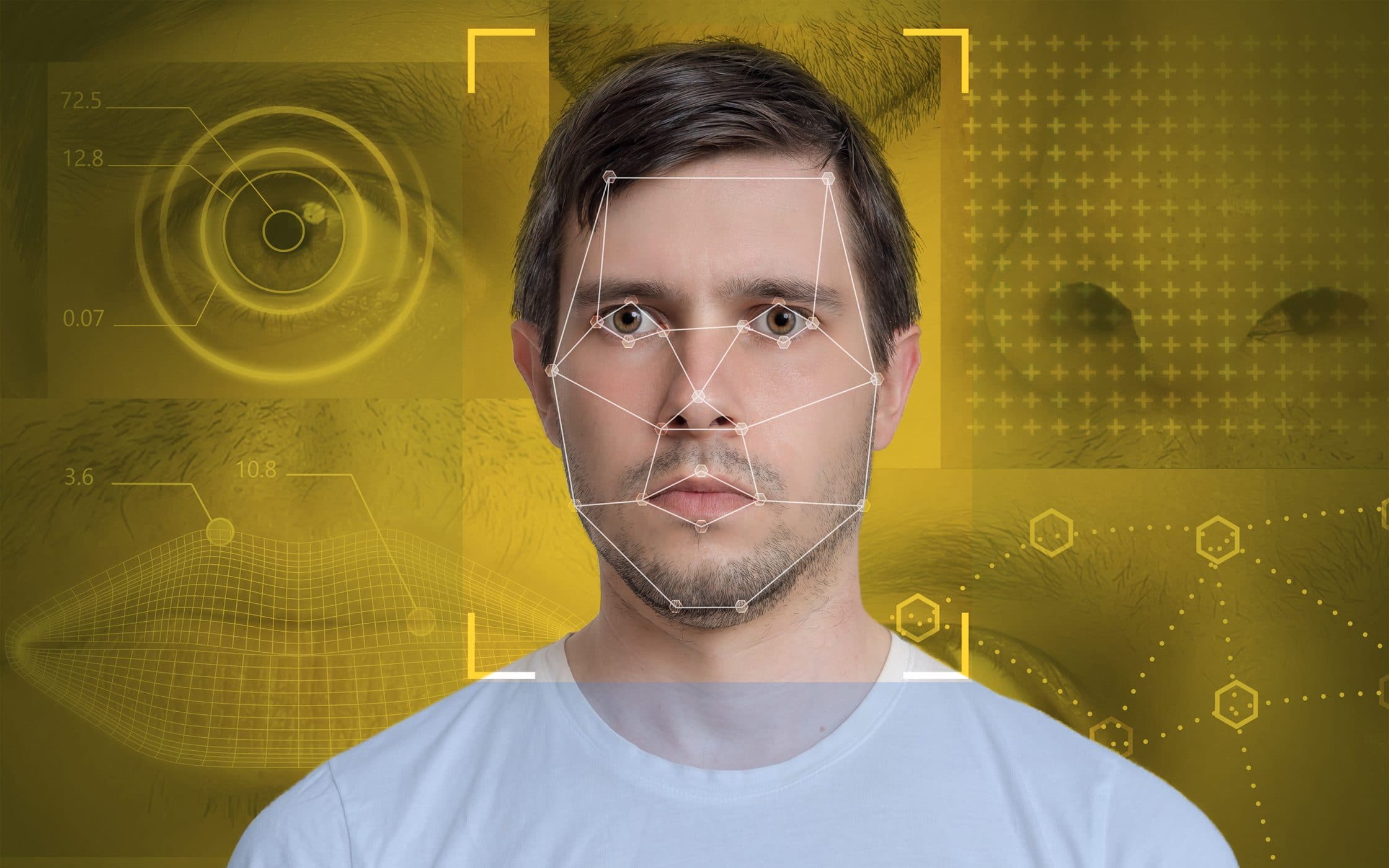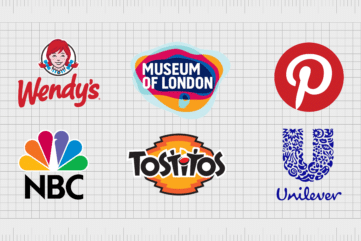Body language in business: Decoding the signals

Business relationships are built on communication.
Whether it’s the carefully-structured marketing campaigns, you use to engage your target audience or the conversations you have with stakeholders to drive company growth, communication counts.
While verbal and written communication strategies both play their part in the corporate world, it’s crucial not to overlook the importance of body language. Non-verbal communication like the way you hold yourself in a meeting, or your ability to commit to eye contact can either harm or enhance the message you’re sending.
Body language in business sets the foundation for people to communicate with others on a deeper level. From your facial expressions to your body movements, the things that you don’t say can often convey some of the largest volumes of information.
According to studies from language and psychology experts, body language might even have a bigger impact on a conversation than the words that you choose.
Over 55% of all messages come from non-verbal cues like posture and gesture, and research indicates that people are 80% more likely to hold onto the information that they learn if it’s shared with them using verbal and visual elements.
So, how do you gain the edge in your negotiations?
Let’s find out.

Defining body language in business communications
Sometimes, actions do speak louder than words.
If you’re wondering why body language is vital in business communications, the first thing you’ll need to know is how body language contributes to any conversation.
Body language is essentially a supplementary concept that works alongside the verbal aspects of your communication strategy to create a nuanced message. When it comes to body language for business, there are many functions for non-verbal actions. For instance, body language can be:
- A substitution: Sometimes, body language can replace verbal communication. For example, if you’re in a conversation with a stakeholder who just won’t stop talking, you can’t just tell them to be quiet. However, you can glance at your watch, or step back to indicate that you need to go.
- Regulatory: Body language with employees or consumers can regulate a conversation. For instance, in a group meeting, various non-verbal cues indicate when one person can start speaking after someone else finishes.
- A way to accentuate speech: Sometimes, body language in business can accentuate or enhance your verbal communication. For instance, you might point at a subject you’re discussing.
- Repetitive: Body language in business communications can also be used to repeat and therefore draw extra focus to an idea. For example, if you’re reminding your employees to use the sign-in sheet when they come into the office, you can point to the sheet, or pick it up.
The importance of body language in business communications can’t be overestimated. The way you present yourself, both to your consumers and your employees will change how they feel about you. According to scientists and psychologists, nonverbal communications and body language in business are components of a social language that’s often much richer than mere words. The chances are you’ve felt upset or hurt by someone in the past, not because of the words they said, but “how” they said them.
Leaders in a business can rely on body language and tone of voice to motivate and engage employees while sales assistants use their body language to encourage consumers to buy. The things you don’t say can drive action more effectively than the words you use.

Why body language is important in business communications
Body language in business and in personal communication is proven to have a significant impact on the way that we perceive others. The body language you use with your consumers, stakeholders and employees can even form a part of your brand communication strategy and alter your business identity.
When it comes to using body language for business, here are some of the most critical characteristics that companies can convey through individual non-verbal cues:
- Confidence: Throughout history, entrepreneurs and business leaders project confidence in the way that they hold themselves. Just look at Richard Branson of Virgin Media. He shows confidence wherever he goes with plenty of open body language and big smiles.
- Assertiveness: Assertiveness is a crucial part of body language in business communications. Whether you’re selling to consumers or trying to prove the value of a new business strategy to shareholders, it’s important to be assertive.
- Interest: Communication works best when everyone involved is interested in what the other person is saying. Showing an active interest in every conversation indicates professionalism, which is ideal for building better consumer and employer brands.
- Intelligence: Body language methods can even make people seem more intelligent. Nodding along and showing comprehension with complex topics, or schooling your face not to show confusion during a complicated situation can be an essential way to “save face” in business communications.
- Empathy: Just as it’s important to show your IQ with body language in business, it’s also valuable to demonstrate your “EQ” or emotional intelligence. Professionals who can decipher and respond to the emotional needs of their colleagues and customers have the best chance of thriving in today’s competitive marketplace.
The key to successful body language for business communications is figuring out how you want your people to present themselves in their day-to-day conversations and establishing guidelines for non-verbal success. Some companies even host body language seminars to help their staff members become more fluent in body language.

How to improve your body language for business purposes
According to a study by UCLA, only a tiny portion of human communication comes from the words that we use. About 55% of what we’re trying to say comes from our body language. The tone of voice accounts for about 38%, while the words that we say make up around 7% of the communication experience.
Whether you’re a business leader looking for better ways to use your body language in business meetings, or an entrepreneur teaching body language skills to your team members, there are things you can do to raise your chances of success. Here are our top tips on using body language in business communications.
1. Focus on posture
One of the first things that people notice when they’re speaking to another human being is how that individual carries themselves. Posture is crucial when it comes to demonstrating things like confidence and assertiveness. Research even indicates that we’re more attracted to people who have open stances. For instance, think open arms, straight spines, and no crossed limbs.
When you cross your arms and legs, hunch your shoulders and draw your body in on itself, you convey an air of anxiety and isolation. These actions naturally encourage other people to take a step back, rather than inviting them to interact with you on a deeper level.
2. Address your facial expressions
You can say a lot with a simple smile. If you’re looking to make a sponsor or a co-worker feel more at ease in a conversation, one of the best things you can do is smile. A smile is a crucial part of body language in business, whether you’re engaging with colleagues or consumers. Smiles instantly remove some of the friction from any conversation.
Another good rule of thumb to follow is to try and mirror the facial expressions of the person you’re speaking to. If the individual you’re talking to is laid back and relaxed, act the same way and you’ll be more likely to enjoy your discussion. On the other hand, if you’re speaking to someone with a very serious demeanour, sharing the same body language will show that you’re treating the matter at hand with care.
3. Look into eye contact
Eye contact is another important element when it comes to body language in business communications. Once you’ve perfected a welcoming smile and good posture, it’s crucial to keep a close eye on the people you’re communicating with. Eye contact indicates that you’re giving the other person in the room your full attention and respect.
According to a study from the Wall Street Journal, most adults make eye contact between 30 and 60% of the time in their conversations. It would be best to make eye contact around 70% of the time to create a deeper emotional connection. Of course, it’s difficult to measure something like this in percentages when you’re in the moment. Try to maintain eye contact regularly, but don’t stare at the other people in a conversation non-stop, as this can make them nervous.
4. Practice your handshake
Many business experts agree that a handshake reveals a lot about a person. One study conducted by the University of Alabama found that many people could predict what kind of personality the person they shook hands with had. The people with firm and confident handshakes were generally more outgoing and positive people – the kind that others want to work with.
Most people know that a good handshake is essential when they’re preparing for a job interview or something similar. However, a handshake is also crucial for other aspects of growing a business. Every time you meet with a new client, investor, or even a colleague, your handshake will help them to make snap judgements about you and your business. Practice your handshake frequently and get feedback from your friends and family to help you perfect it.
5. Go global
Finally, many businesses today aren’t limited to a small local area. Thanks to the rise of the internet, the “global” business space is bigger than ever. This means that many brands continuously find themselves looking for ways to build feelings of trust with overseas partners, investors, and customers.
If you work in a space that requires you to manage and maintain relationships with overseas experts, then it’s important to brush up on the role that body language can play in your conversations. Regular eye contact is a sign of respect in Western countries, but it can cause problems between members of opposite genders in the Middle East. Additionally, initial greetings such as the handshake can differ depending on the part of the world that you’re in. In Asia, some meetings start with a bow to show mutual respect. In Italy, a kiss on the cheek is s a common sign of friendship and community.

Decoding body language signals: What you need to know
While there isn’t enough space in this article to cover all the unique elements of body language that you’ll need to know about to decode your conversations, there are some basic concepts that you’ll need to focus on when you’re managing body language in business.
To ensure the success of your communication strategy, you need to do a lot more than master the basics of your own body language. The best business leaders and entrepreneurs also know how to recognise the signals that other people are sending in a discussion. Here are some basic cues on body language in business, decoding the signals:
- Facial expressions: People can convey a lot of things with just their facial expressions. Smiles indicate happiness and approval, while frowns suggest concern, unhappiness, or confusion. Watch the facial expressions of the people you’re speaking to and use them as an indication of how those individuals feel.
- The eyes: As mentioned above, eye contact is a sign of respect in many countries. However, there’s more to eyes than eye contact. If someone is continually looking at the clock during your conversation, for instance, this is a good sign that your discussion is taking too long.
- The mouth: The mouth is a very expressive element in body language. Someone chewing on their lower lip might be nervous about a situation. Pursed or tight lips indicate annoyance or frustration. The mouth can convey so much more than just a smile.
- The arms and legs: The arms and legs of the person that you’re speaking to are also useful in conveying non-verbal cues. Someone who crosses their arms may be angry, or defensive. If the person you’re speaking to crosses their legs away from you, then this could indicate that they feel uncomfortable talking to you.
- Gestures: Gestures are some of the most obvious and direct signals in body language. Pointing, waving, and using fingers to indicate sizes or numerical amounts are all common ways for people to supplement information. Just remember that some gestures are cultural, so it’s important to research your habits before you engage in conversations with people from overseas.

3 types of body language to master in the business world
Ultimately, as anyone in the business world will quickly learn, communication is critical to success. Whether it’s your external communication strategy or the way you connect with your people in-office, the strongest connections come from more than just written and verbal language.
Non-verbal communication skills like body language make up a considerable percentage of the way that we present ourselves to others. Your body language is one of the most critical aspects of your personal brand. If you’re always walking around with your arms crossed and a scowl on your face, then your attitude and appearance will affect how willing other people are to work with you, or even buy products from you.
To help you become more fluent in the art of body language, here are three types you may need to use frequently in your business communications:
1. Assertive body language
Often, in the business world, if you want to build an effective brand, you’ll need to be assertive. Some body language techniques are universal when it comes to conveying strength. For instance, opening your posture and taking up more space indicates dominance. Timid people are more likely to tuck their shoulders and feet inwards, so they take up as little space as possible. Don’t be afraid to claim your area in a room when necessary.
Controlling the volume of your speech so that you’re loud enough to convey confidence, but not so loud that you’re shouting at others also helps to express confidence.
2. Friendly, collaborative body language
Sometimes, an assertive posture isn’t the best option in the business world. You don’t always need to show your dominance in a space; you can also use your body language to convince others that you’re a friendly, and welcoming person. The right body language in business communications can be an excellent way to build rapport with your audience, whether you’re talking to consumers or colleagues.
If you want to use your body language for business to put a consumer at ease, consider pointing your feet towards that person. This indicates that you’re entirely committed to the conversation, and you’re not thinking about running away elsewhere. Pointing your feet towards the person indicates engagement.
Another excellent way to demonstrate collaborative body language in business is to mirror the actions of the person you’re speaking to. In everyday conversations, when we understand and resonate with another person, we usually mimic their body posture and movements. You can use this behaviour to your advantage when you’re trying to bond with a significant potential customer, a new employee, or even your boss.
3. Calming body language
When things don’t go according to plan, calming body language is a great way to maintain the situation in your favour. Calming body language in business communications appears most often in tense situations and negotiations. People need to use non-verbal cues to calm other people down and make sure that they don’t seem to be threatening to others.
One good way to help “calm” others with your body language, is to keep your arms open. Crossed arms are a sign that you’re protecting yourself. If you appear to be defensive, then the person you’re communicating with is more likely to become defensive too. If you’re in a group meeting and the people in your team are crossing their arms, consider giving them a pencil or something to hold that will prevent this behaviour.
Another way to influence people with your calming presence is to relax your body a little. If your lips are tight, and your body is tense, then the people around you will automatically begin to feel nervous too. Focus on relaxing the strain throughout your body as much as possible and watch how the people you’re with start to relax also.

Discover the importance of body language in business communications
Whether we like it or not, there’s more to our communication strategies than what we say.
Written and verbal communication will always be an essential part of building a brand identity that speaks to your target audience. However, the way that your people portray themselves through body language is crucial too. If the people who represent your brand during conversations with customers, partners and stakeholders, don’t know how to decode and use the power of body language, then they could be making the wrong impression on your network.
Non-verbal communication is an integral part of every business discussion you have. Whether you’re chatting with a co-worker, addressing the entire company in an industry meeting, or talking to the boss, it’s a significant part of how people will perceive you and your brand.
When it comes to building your brand identity, matching your non-verbal communication patterns with your brand promise and the things that you say will also help other people to trust you.
Don’t ignore one of the most critical parts of your communication strategy.
Discover the true value of body language, and start translating your actions today!
If you enjoyed this article, you might enjoy these too:
— Brand archetypes: Are you a lover or a ruler?
— How to choose company mission statements











